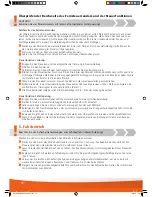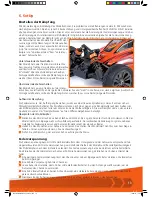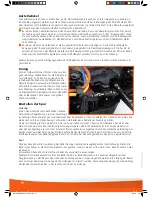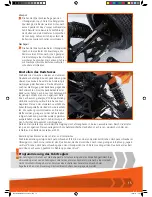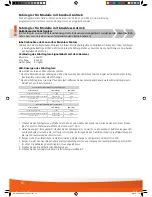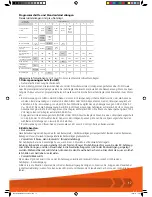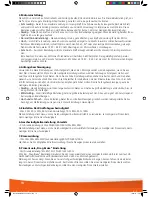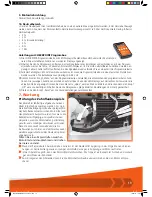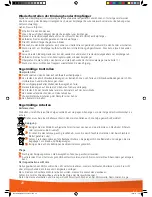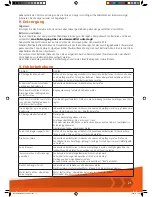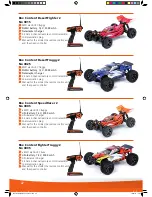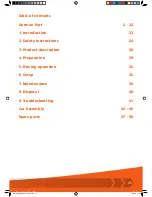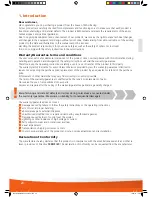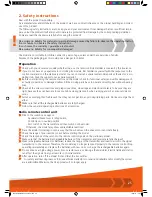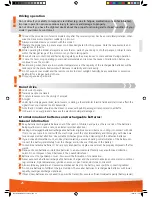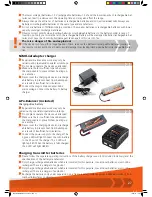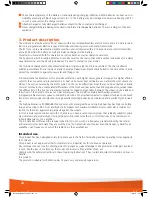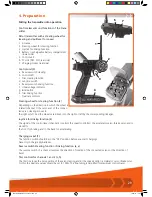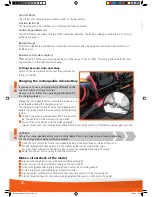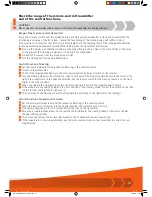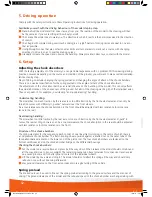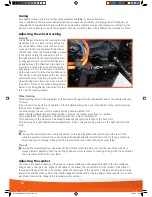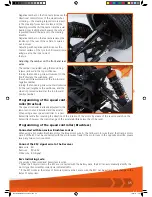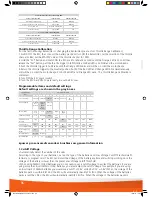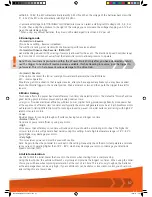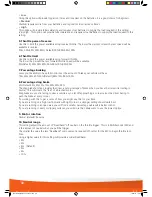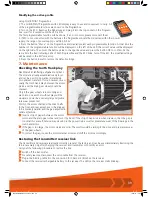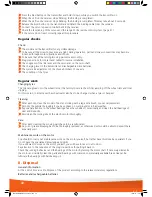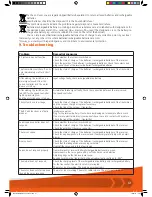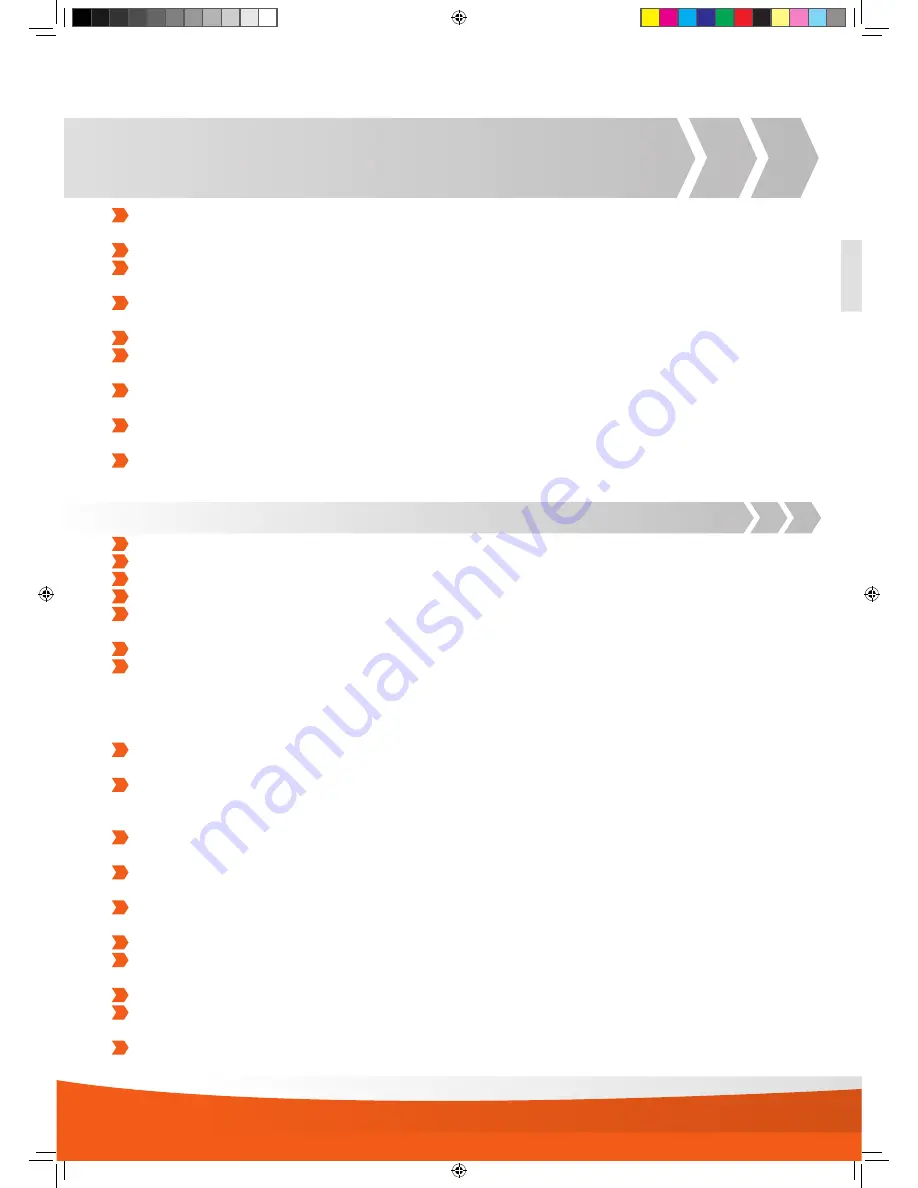
26
Driving operation
Do not drive if your ability to respond is restricted (e.g. due to fatigue, medications or alcohol influence).
Improper operation can cause serious injury to persons and damage to property.
Do not drive if you have the slightest doubt about the proper functioning and technical condition of your
model / your remote control set.
Connect the drive motor of electric models only after the receiver system has been completely installed, other-
wise the drive motor may start suddenly on its own.
Always maintain direct eye contact with the model.
Operate the model only in private areas or on sites designated for this purpose. Note the requirements and
regulations of the site.
While operating the model, always make sure that no parts of your body or of other people, or objects come
within the danger range of the motors or any other rotating parts.
Check all screw connections and fastenings regularly, as they may loosen or come undone during operation.
In case of a fault, stop operating your model immediately and remove the cause of malfunction before you
continue to use the model..
Avoid driving when there are low outdoor temperatures, as the capacity of the rechargeable batteries will be
reduced, and the plastic bodywork will decrease in elasticity and crack easily.
Do not expose your model and the remote control to direct sunlight, humidity, heavy pollutions or excessive
heat/cold for a longer period of time..
Only use genuine spare parts.
Do not drive
In crowds of people
Towards people or animals
In nature reserves or in the vicinity of animals
At night
under high-voltage power lines, radio towers or during a thunderstorm. Electric fields and statics can affect the
signals from your remote control transmitter
Note that RC models should not be driven in areas with public passenger transport and road traffic.
in the rain or on wet grounds, because the electrics could get damaged
Information about batteries and rechargeable batteries:
General information
Keep batteries/rechargeable batteries out of the reach of children and pets, as there is a risk of the batteries
being swallowed. In such a case, seek instant medical attention!
Leaking or damaged batteries/rechargeable batteries might cause acid burns on coming into contact with skin.
If skin or eyes come in contact with the electrolyte, wash the spot immediately and thoroughly with clean wa-
ter and seek medical attention. Use suitable protective gloves when disposing of the defective batteries.
If you notice abnormalities such as odour, discolouration, excessive heating or deformation of the battery, dis-
connect the battery immediately from the charger and/or the user. Dispose of the battery!
Conventional alkaline batteries (1.5V) are only intended for single use and must be properly disposed off after-
wards.
Dispose of used batteries or defective batteries in an environmental-friendly way at authorised collection
points. Do not dispose of used batteries in the household refuse!
Batteries must not get damp or wet.. Also avoid the formation of condensation..
Never expose the batteries/rechargeable batteries, charger and the model to adverse environmental conditions
(e.g. moisture, high temperatures, ignition sources or open flames, dust, steam, solvents)!
Also avoid heavy pollution and excessive mechanical load on the battery, never pull the connecting cables!
Do not mix batteries of different charge condition. The weaker batteries or rechargeable batteries with lower
capacity could get discharged and leak.
If brand new batteries are not used to power the transmitter, ensure sufficient residual capacity (battery tester).
!
!
MALI CARS MANUAL 2013 V2.indd 26
19/03/13 14:35

